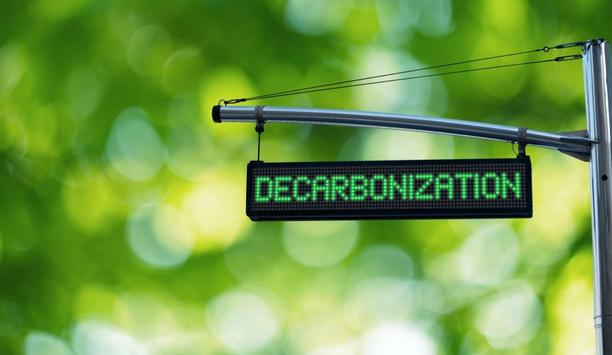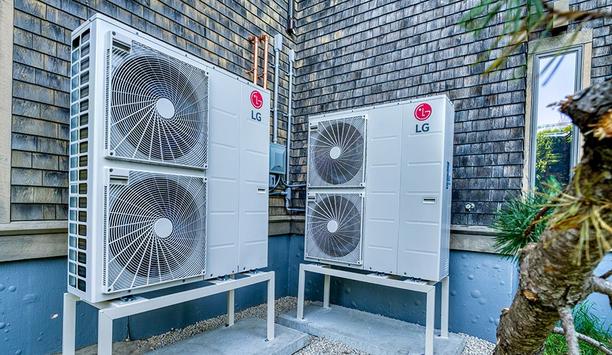Johnson Controls has joined the U.S. Department of Energy’s (DOE’s) Energy Savings Performance Contracting (ESPC) Campaign, a voluntary initiative comprising of industry leaders and champions that assists public sector organizations across the nation modernize buildings, address maintenance backlogs, reduce energy and water expenses, support local economic development and achieve efficiency and environmental goals.
Johnson Controls will collaborate with the DOE to promote and share performance contracting best practices, committed to collectively achieving $1 billion in measured and verified savings by 2030.
Inspiring successful projects
“Having witnessed firsthand the transformative power of energy savings performance contracts, we understand how they can help organizations overcome financial obstacles by financing building upgrades with guaranteed energy savings while saving taxpayer dollars to allocate towards other community services," said Chuck McGinnis, vice president sales and development, Sustainable Infrastructure, North America at Johnson Controls. "We are delighted to be working alongside the DOE to revitalize public buildings, turning them into resilient and efficient spaces for the community."
The campaign aims to inspire successful projects and strengthen state-level ESPC programs
Through the ESPC Campaign, the DOE offers technical assistance, peer exchange and networking opportunities to help partners enhance their technical capabilities in ESPC and measurement and verification. The campaign aims to inspire successful projects and strengthen state-level ESPC programs across municipalities, universities, schools, and hospitals.
Performance contracting projects
ESPC is a well-established, budget-neutral contracting and financing method that enables public sector building owners to fund current building upgrades using future guaranteed energy savings, minimizing upfront costs.
Since January 2000, Johnson Controls has successfully implemented performance contracting projects that have prevented over 39 million metric tons of CO2 emissions. These projects are projected to save more than $8.4 billion through energy and operational savings over the project term.















